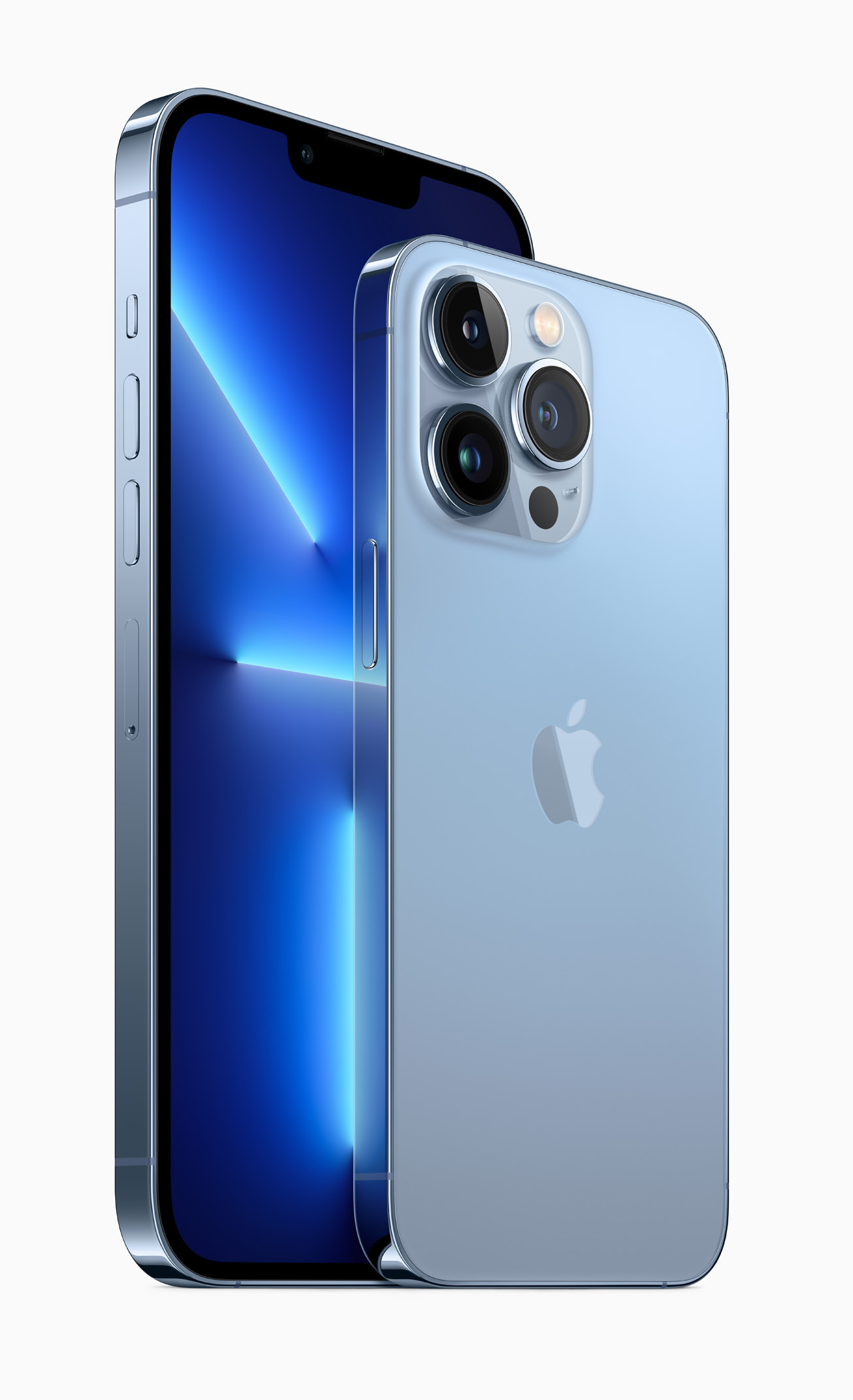Apple Developing Patch For Face ID Issue Found By iFixit

Apple promises patch, after iFixit finds when a screen on iPhone 13 is replaced by a third-party repair shop, it renders Face ID useless
Apple promises to resolve an issue stopping screen replacements to the latest iPhones by third parties, which is rendering the Face ID authentication process useless.
The problem was discovered last week by teardown and repair specialist iFixit, which flagged the matter to the general public. A video of the problem can also be found here.
The Verge reported that what iFixit discovered was that when a third party repairer replaced a iPhone 13 screen, it would break the Face ID system (used to unlock iPhones), unless the repairer also moved a tiny control chip from the original screen to the new screen.

Face ID
This, to Apple critics, seems to be another attempt by Apple to restrict other parties from carrying out repairs to the iPhone 13, and a direct challenge to the ‘Right to Repair’ movement.
This is because moving the control chip from the broken screen to the new screen is reportedly a very complex process, as the repairer has to desolder the small chip from the broken screen and then re-solder it on the new display, which is not a straight forward process.
This makes what is often one of the most common type of repair (a screen replacement), prohibitively difficult for third party repair shops.
The Verge reported that Apple authorised repair shops meanwhile have access to a software tool that can make a iPhone accept a new screen.
A video of the issue, by another repairer, can also been found here.
The good news is that Apple has now clarified to The Verge that it is working on a software update that will not require repairs to transfer the microcontroller chip after a screen replacement.
The bad news is that Apple has not released an exact time frame for the update.
Right to Repair
Issues like this drive straight to the heart of the ‘Right to Repair’ movement, and Apple unfortunately has something of a reputation in this regard.
Teardown specialist iFixit over the years has consistently highlighted the road blocks put up by device manufacturers, trying to stop third parties from repairing their devices.
But pressure can sometimes result in some changes.
In August 2019 for example, Apple confirmed it would, for the first time ever, supply genuine parts to independent repair shops.
Last month the US Copyright Office waded into the right to repair movement, that is now being supported by the US President Joe Biden.
The US Copyright Office said it was expanding a legal shield for fixing digital devices, including cars and medical devices.
It comes after the office submitted new exemptions to Section 1201 of the Digital Millennium Copyright Act, which bans breaking software copy protection.
And other countries are also expanding right to repair regulations.
In July the UK government introduced new legislation which obliges manufacturers to make spare parts available to consumers so appliances can be fixed.
The European Parliament has also voted in favour of establishing stronger “right to repair” laws that will ensure that goods can be repaired for up to 10 years, in order to to reduce electrical waste.